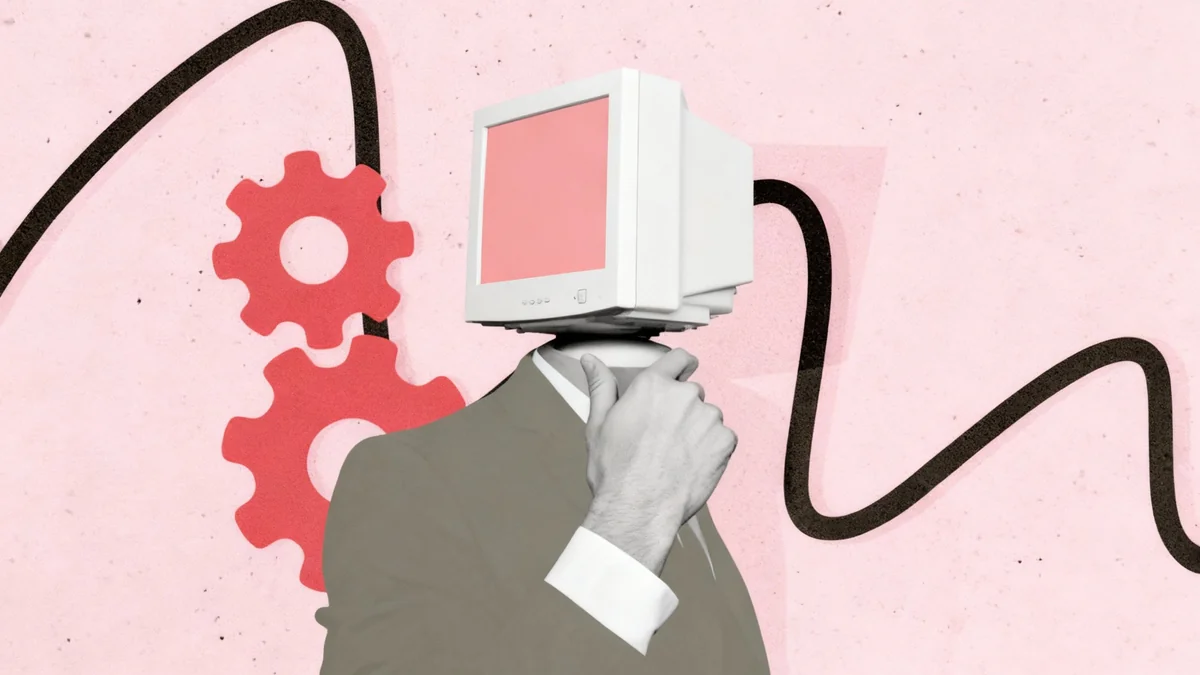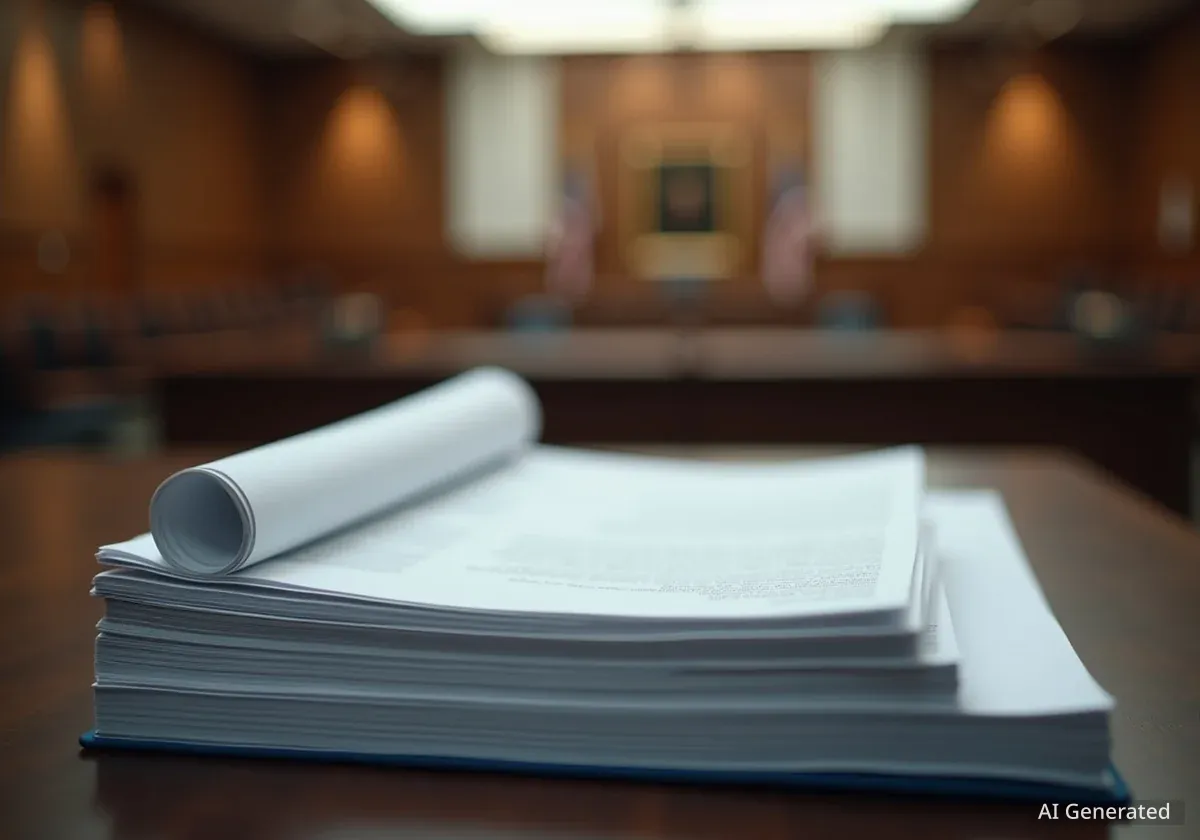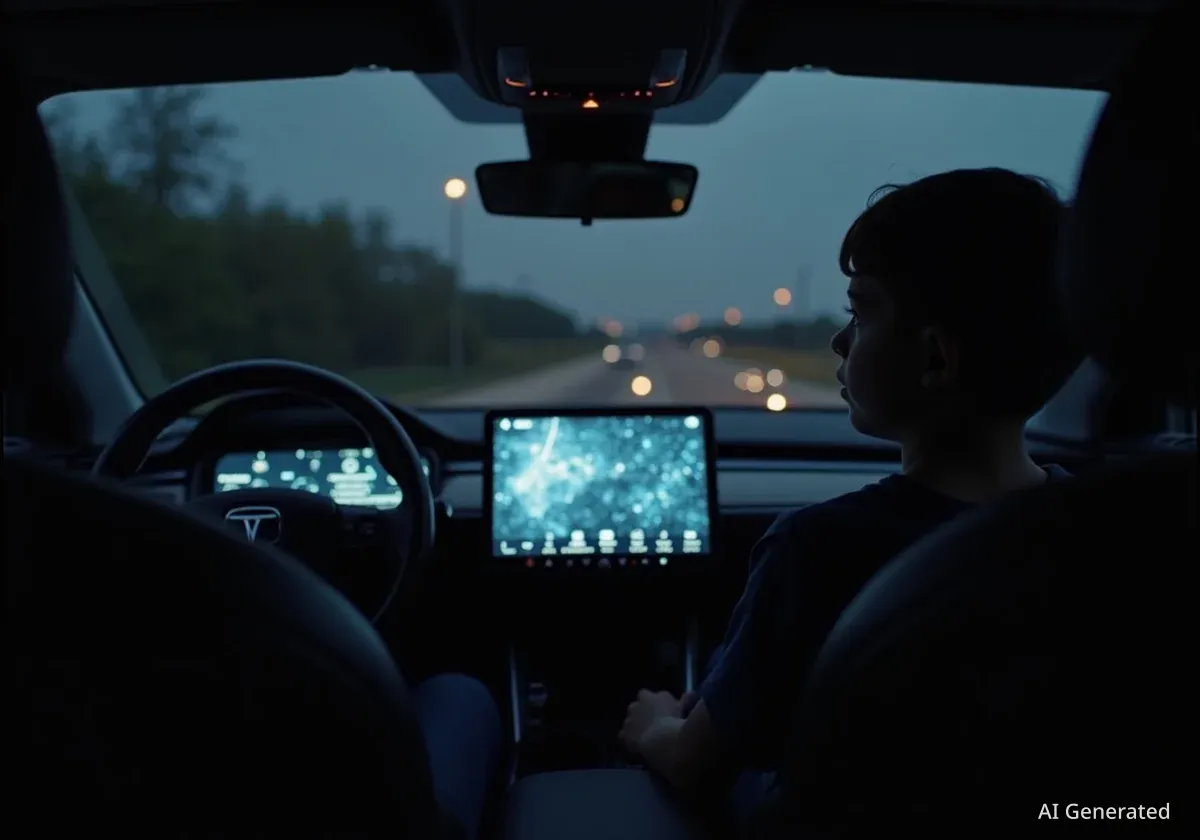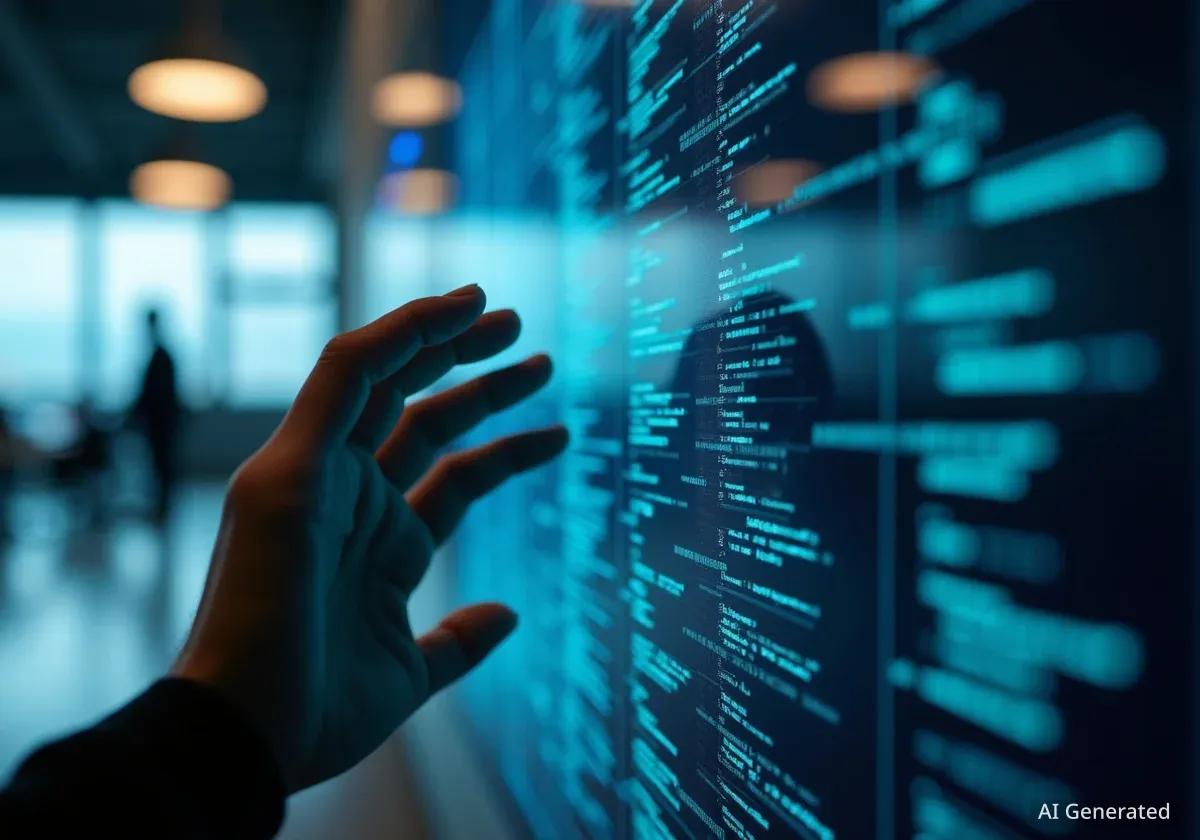Technology content creators on YouTube are facing a wave of uncertainty after popular educational videos were abruptly removed from the platform. The videos, which often explain software workarounds, were flagged for violating community guidelines, leading to widespread speculation that an automated moderation system was to blame. YouTube has since denied that the issue stems from its AI.
The platform has reinstated some of the affected videos and stated it will take measures to prevent similar content from being removed in the future. However, for many creators whose livelihoods depend on the platform, the lack of clear communication has created significant financial and professional anxiety.
Key Takeaways
- Educational tech videos, particularly those about Windows 11 workarounds, were removed from YouTube for being "harmful or dangerous."
- Creators suspected AI moderation due to the speed of removals and instant appeal rejections.
- YouTube has denied the removals were an "automation issue," claiming human review was involved.
- The situation has caused financial losses and self-censorship among creators who fear account strikes and bans.
- Adding to the confusion, YouTube's own creator tools recommended making videos on the very topics being removed.
Creators Sound the Alarm Over Sudden Takedowns
The issue gained prominence when several high-profile tech channels reported their videos were being taken down without clear justification. Rich White, who runs the channel CyberCPU Tech with over 330,000 subscribers, had two of his videos removed. These tutorials demonstrated how to install Windows 11 on unsupported hardware, a common and highly sought-after topic in the tech community.
White explained that these types of videos are a staple for tech channels, reliably drawing significant viewership. For him, what began as a side project in 2020 has become his primary source of income, making the unexplained removals a direct threat to his career.
Another creator behind the channel Britec09, which has nearly 900,000 subscribers, also had a video removed and received a community guideline strike against his account. He expressed concern that years of work could be lost instantly due to opaque policy enforcement.
"We are not even sure what we can make videos on. Everything’s a theory right now because we don’t have anything solid from YouTube."
The Human vs. Machine Debate
The core of the creators' frustration lies in the appeals process. When videos were removed, appeals were often denied within minutes, sometimes in less than 60 seconds. This led many to believe they were interacting with an automated system, not a human reviewer.
Rich White described the process as hitting a "brick wall," stating he wasted significant time trying to reason with what felt like an AI chatbot. After his first appeal was denied almost instantly, he didn't bother engaging with the support chat for his second removed video.
YouTube's Strike System
YouTube operates on a three-strike policy. If a channel receives three community guideline strikes within a 90-day period, it is subject to permanent removal. This policy makes unexpected strikes, even for content previously considered acceptable, a major risk for creators.
Despite this evidence, a YouTube spokesperson stated that the enforcement decisions and the subsequent appeal reviews were not the result of an automation issue. This claim has done little to ease the fears of creators, who now worry that human reviewers are making arbitrary decisions that could jeopardize their channels.
Conflicting Signals and Financial Fallout
The confusion was amplified by YouTube's own platform tools. Britec09 pointed out that YouTube's creator tool, designed to give creators ideas for new content, was actively suggesting topics like Windows 11 installation workarounds—the very subject matter that was getting videos flagged and removed.
"It’s telling you to create content on these topics. And if you did this, I can guarantee you your channel will get a strike," he noted in a video addressing the situation. This contradiction left creators in an impossible position, unsure of what content was safe to produce.
Economic Impact on Creators
The uncertainty has had immediate financial consequences. Britec09 reported pausing a sponsorship deal due to the instability, resulting in a "great loss of income." For full-time creators like White, the need to self-censor content to avoid penalties could harm channel growth and monetization in the long term.
Creators theorized about the reasons for the takedowns, suggesting that the system might be misinterpreting the software workarounds as a form of piracy. However, they argue that their guides require users to possess a valid software license, making the content educational rather than illegal.
Many, including White, do not believe Microsoft is behind the removals. He suggested that Microsoft has a "love-hate relationship" with tech creators, as their tutorials ultimately encourage more people to adopt the Windows 11 operating system, which benefits the company.
An Uncertain Future for Tech Tutorials
While YouTube has reinstated some of the videos in question, the underlying problem of unclear and inconsistent content moderation remains. For the community of creators who provide valuable technical support and education, the fear is that the rules could change again without warning.
The incident has sparked a broader conversation about the role of automation and human oversight on large content platforms. As these systems evolve, the creators who build their businesses on them are calling for greater transparency and more reliable communication to avoid having their work and income disappear overnight.
Fans of these channels have also taken notice, with discussions on forums like Reddit encouraging users to download and save important tutorials in case they are removed permanently. The situation highlights the delicate balance between platform policy enforcement and the preservation of a vast, user-generated library of educational content.





